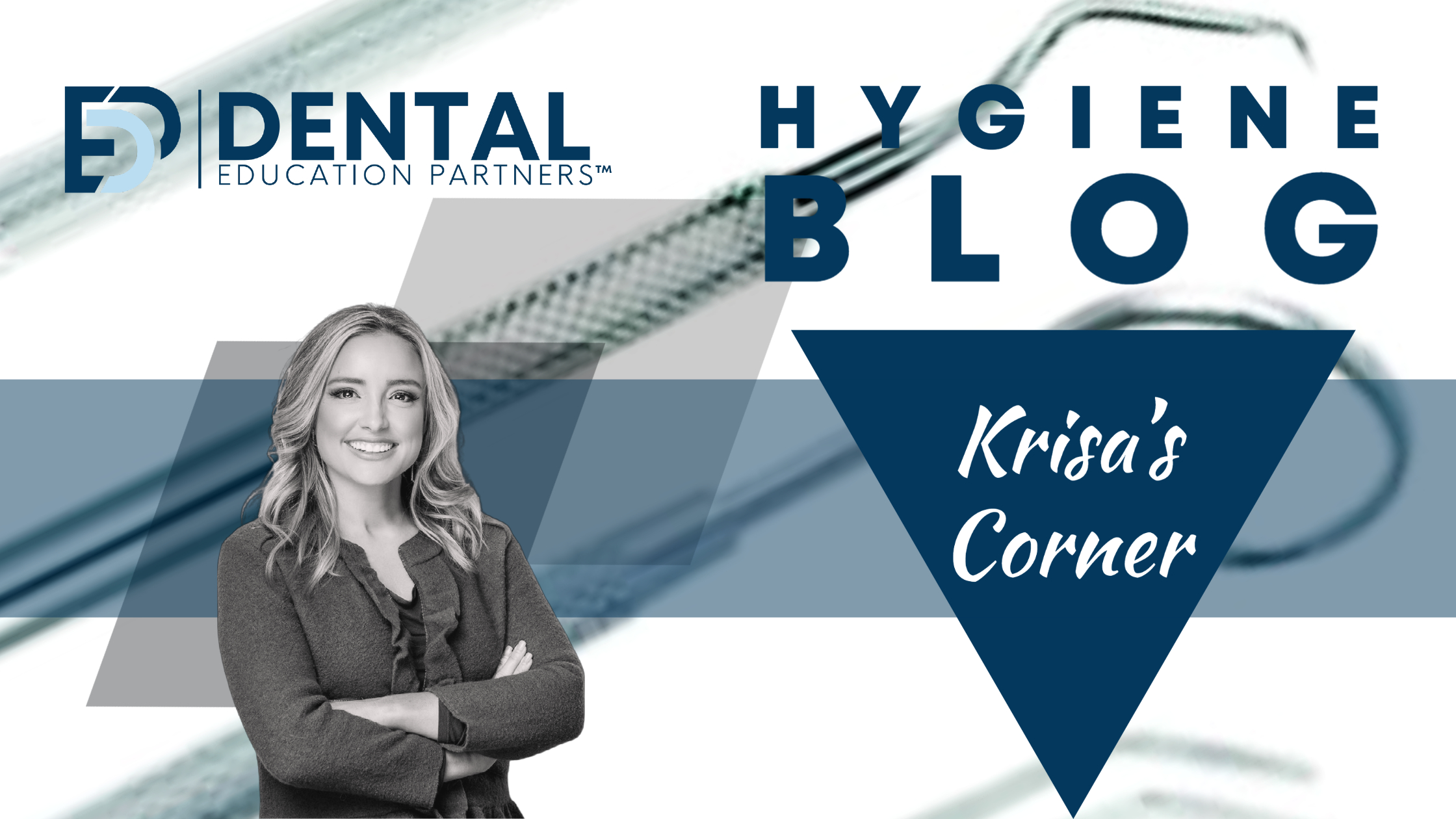Orthodontics is a growing field, with more patients seeking treatments to enhance their smiles and overall dental health. As a dental practice owner, you might already be aware of the potential benefits that orthodontics can bring to your practice, both in terms of patient satisfaction and revenue. However, getting your hygienists on board and effectively training them to identify and sell orthodontic cases can make a significant difference. Here’s how to train your hygienists to sell more ortho cases and enhance your practice’s growth.
1. Educate Your Hygienists About Orthodontics
The first step in training your hygienists is to ensure they have a solid understanding of orthodontic treatments. A well-informed hygienist is more confident in discussing orthodontic options with patients. Provide comprehensive training that covers:
- Basic Orthodontic Knowledge: Ensure hygienists understand various orthodontic treatments such as braces, clear aligners, and retainers. They should be familiar with the benefits and limitations of each treatment.
- Current Trends and Innovations: Keep your team updated on the latest advancements in orthodontics, including new technologies and techniques. Incorporating scans into the hygiene appointment can be a game changer!
- Case Studies: Share examples of successful orthodontic cases to illustrate the potential outcomes and benefits for patients.
2. Empower Hygienists with Communication Skills
Training your hygienists to sell orthodontic cases is not just about having the right knowledge; it’s also about how they communicate that information to patients. Develop their communication skills by:
- Role-Playing Scenarios: Conduct role-playing exercises where hygienists practice discussing orthodontic options with patients. This can help them become more comfortable and persuasive in real-life situations.
- Active Listening: Teach your hygienists to listen actively to patients’ concerns and needs. Understanding patient motivations and hesitations allows hygienists to tailor their approach and provide relevant information.
- Creating Value: Train hygienists to focus on the value and benefits of orthodontic treatments. For example, they should be able to articulate how orthodontics can improve a patient’s bite, enhance their smile, and potentially prevent future dental issues.
3. Implement a Systematic Approach
Develop a systematic approach for identifying and discussing orthodontic treatment options with patients:
- Screening Protocols: Establish protocols for screening patients for orthodontic needs during routine cleanings and exams. Hygienists should be trained to spot signs that may indicate the need for orthodontic intervention, such as misaligned teeth or bite issues.
- Treatment Planning: Create a workflow for hygienists to follow when suggesting orthodontic treatments. This might include presenting educational materials, recommending scheduling a consultation, and explaining the next steps in the process.
- Documentation: Ensure hygienists document their observations and any discussions about orthodontic treatment in the patient’s records. This helps maintain continuity of care and allows the orthodontist to follow up effectively.
4. Utilize Visual Aids and Educational Materials
Visual aids and educational materials can be powerful tools in helping hygienists sell orthodontic cases:
- Before-and-After Photos: Displaying before-and-after photos of previous orthodontic patients can visually demonstrate the benefits of treatment.
- Brochures and Flyers: Provide hygienists with brochures and flyers that outline orthodontic treatments, benefits, and patient testimonials.
- Digital Resources: Use digital tools such as presentations and videos to educate patients about orthodontics. Hygienists can use these resources during patient visits to make the information more engaging and accessible.
5. Set Clear Goals and Incentives
Motivation is key when it comes to increasing orthodontic case sales. Set clear goals and provide incentives to encourage hygienists:
- Performance Metrics: Define specific metrics for success, such as the number of orthodontic referrals or consultations scheduled. Monitor progress and provide feedback regularly.
- Incentive Programs: Develop incentive programs that reward hygienists for successful orthodontic case referrals. This could include bonuses, gift cards, or other rewards.
- Recognition: Acknowledge and celebrate achievements publicly within the practice. Recognition can boost morale and motivate hygienists to continue working towards sales goals.
7. Foster a Patient-Centric Approach
Finally, ensure that the approach to selling orthodontic cases is always patient-centric:
- Building Relationships: Encourage hygienists to build strong relationships with patients based on trust and care. Patients are more likely to consider orthodontic treatment if they feel valued and understood.
- Personalized Recommendations: Train hygienists to provide personalized treatment recommendations based on individual patient needs and preferences.


